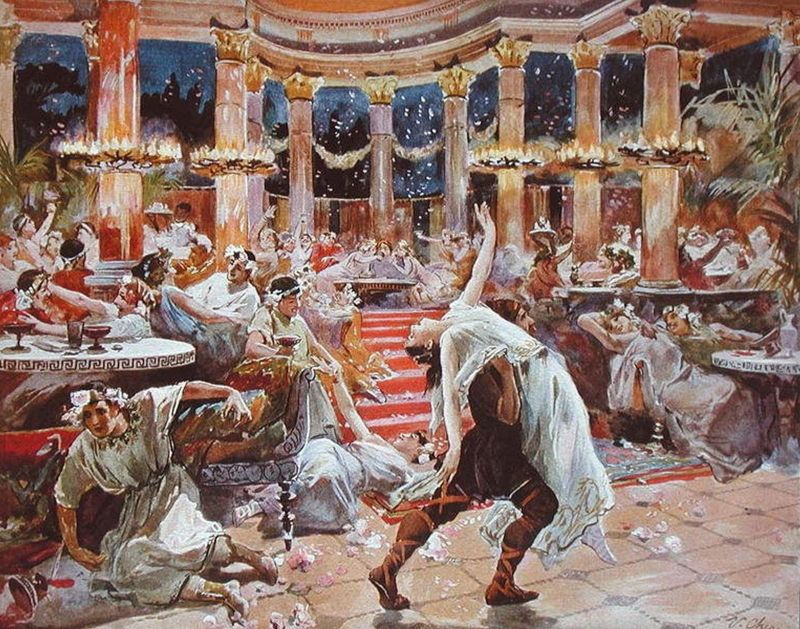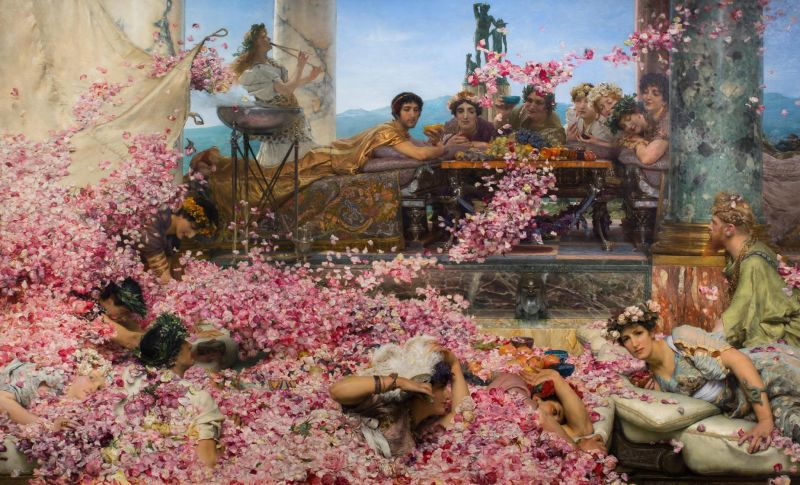Lying down and vomiting between courses: This is how Ancient Romans would feast [View all]
By Silvia Marchetti, CNN
7 minute read
Published 8:34 PM EST, Sun December 24, 2023

The Romans had an unusual approach to celebration and festivities.
Archivah/Alamy Stock Photo
CNN
—
Imagine, if you will, the most glorious festive feast, with an oversize turkey, stuffing two ways, holiday ham, the requisite fixings and at least half a dozen pies and cakes. That may all sound grand — that is, until you consider the extravagant displays of the ancient Roman banquet.
Members of the Roman upper classes regularly indulged in lavish, hours-long feasts that served to broadcast their wealth and status in ways that eclipse our notions of a resplendent meal. “Eating was the supreme act of civilisation and celebration of life,” said Alberto Jori, professor of ancient philosophy at the University of Ferrara in Italy.
Ancient Romans enjoyed sweet and salty concoctions. Lagane, a rustic short pasta usually served with chickpeas, was also used to make a honey cake with fresh ricotta cheese. The Romans used garum, a pungent, salty fermented fish sauce for umami flavor in all dishes, even as a dessert topping. (For context, garum has a similar flavor profile and composition to current-day Asian fish sauces such as Vietnam’s nuoc mam and Thailand’s nam pla.) The prized condiment was made by leaving fish meat, blood and guts to ferment inside containers under the Mediterranean sun.

"The Roses of Heliogabalus" by Lawrence Alma-Tadema (1888) illustrating celestial Roman diners at a banquet.
Game meat such as venison, wild boar, rabbit and pheasant along with seafood like raw oysters, shellfish and lobster were just some of the pricey foods that made regular appearances at the Roman banquet.
More:
https://edition.cnn.com/style/how-ancient-romans-feasted/index.html

